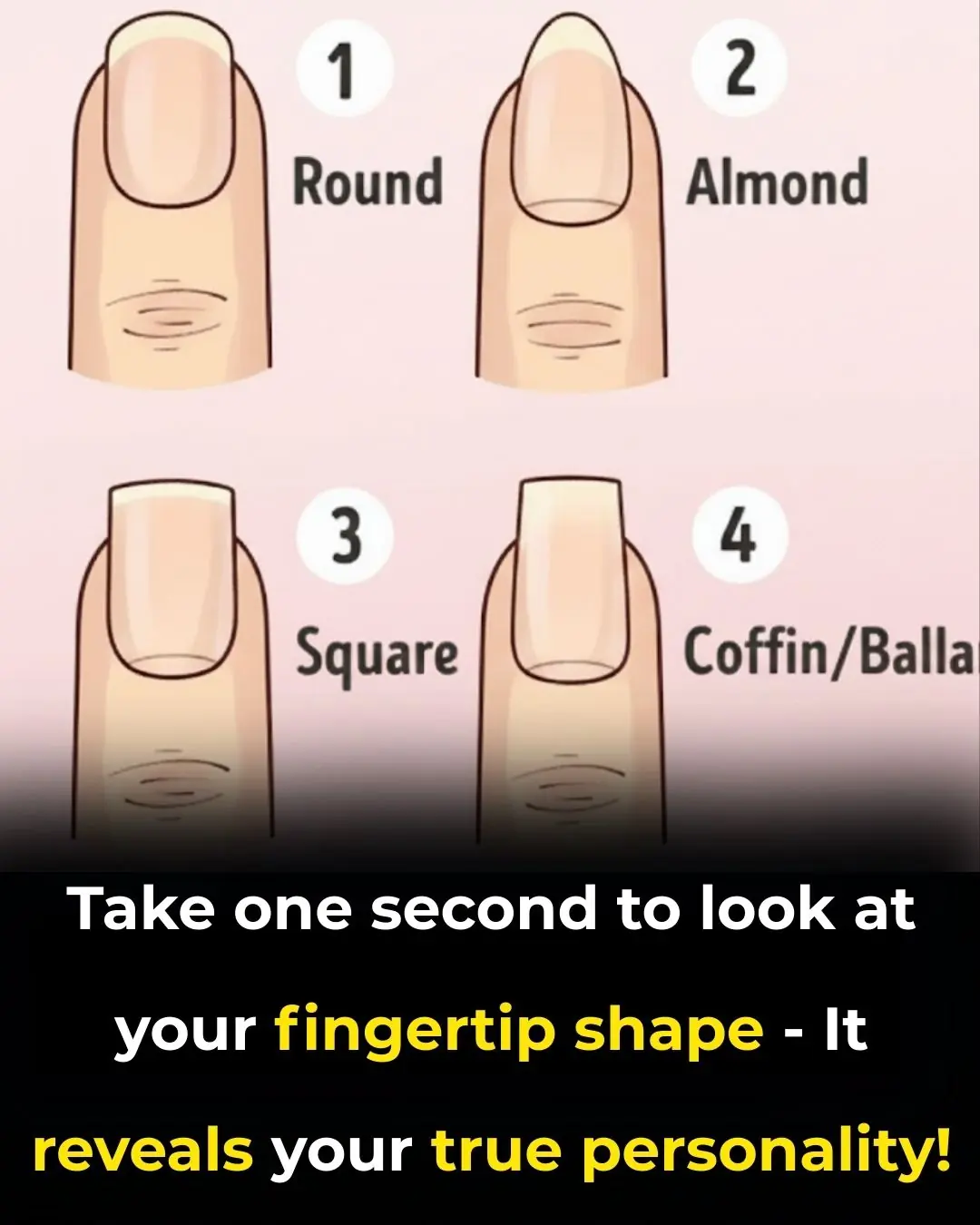
What Are the Loops on the Back of Button-Down Shirts For?
The Hidden Story Behind the Locker Loop on Button-Down Shirts
The button-down shirt has long been a wardrobe essential, but there’s one subtle detail most people overlook — the small fabric loop stitched onto the back. Known as the “locker loop,” this tiny feature carries with it a surprisingly rich history, evolving from pure practicality to a cultural symbol in fashion.
The Practical Origins of the Loop
The locker loop was first introduced by the U.S. Navy, where sailors faced the challenge of limited storage space aboard ships. With no closets or hangers available, uniforms were prone to wrinkles and damage. The loop solved this issue elegantly: it allowed sailors to hang their shirts on simple hooks, keeping them tidy and ready for wear.
By the late 1950s and early 1960s, this clever feature found its way into civilian fashion, largely thanks to the American clothing company GANT. Recognizing the potential for practicality and style, GANT popularized locker loops among college students. At Ivy League universities, where pressed shirts were a mark of polish, the loop became an instant hit for keeping shirts wrinkle-free inside gym and dormitory lockers.
Tradition, Symbolism, and Ivy League Culture
As the Ivy League look spread beyond campuses, the locker loop transformed into more than just a functional detail — it became a subtle badge of style. Other iconic shirtmakers such as Sero, Wren, Creighton, and Eagle soon followed suit, incorporating loops into their designs.
The feature quickly developed its own set of traditions. Among students and athletes, locker loops became a social signal:
-
Removing the loop meant a man was in a relationship.
-
Women sometimes wore their partner’s scarf in return, echoing the gesture.
-
Mischievous classmates occasionally yanked off loops as a prank, though this often tore the shirt — a risky move given their high value at the time.
What began as a functional tool had now become woven into the fabric of youthful culture, symbolizing both status and personal connections.
Modern Use and Customization
Today, the locker loop no longer serves its original purpose, since hangers and garment bags have become standard. Yet, it endures as a nod to heritage and craftsmanship. Brands like Ralph Lauren, J.Crew, and Brooks Brothers continue to feature the detail in many of their classic lines, appealing to wearers who appreciate tradition.
For modern shoppers, the loop has become a form of personalization. Some tailors offer the option to remove or add loops, depending on whether the wearer values minimalist style or prefers to showcase the vintage-inspired feature.
A Small Detail With a Big Legacy
The locker loop might seem insignificant, but it tells the story of how men’s fashion has often evolved from necessity to symbolism. What started aboard Navy ships became a cultural marker of Ivy League sophistication and remains a charming detail on contemporary shirts.
So the next time you slip into a button-down, glance at the back — that small strip of fabric isn’t just decoration. It’s a reminder of fashion’s ability to adapt, endure, and carry history in even the tiniest stitches.
News in the same category


Weird Toothed Part on Kitchen Scissors

Ring Finger Longer Than An Index Finger

The Story Behind Two Runaway Graves in Savannah Airport

The Simple Object That Might Baffle the Younger Generation

Why Public Bathroom Doors Don’t Reach the Floor – The Real Reason Revealed
The gaps and inward-swinging doors are designed for practicality, serving purposes like enhancing safety and improving efficiency, rather than being the result of poor design.

World’s Oldest Woman Lived to 117 By Eating the Same Meal Every Day
Emma Martina Luigia Morano, the world’s oldest woman at the time of her passing, credited her extraordinary 117 years of life to a mix of genetics, resilience, and one very peculiar daily diet. Her remarkable story spans two World Wars, personal tragedy

Simple T-Shirt Image Is Driving the Internet Crazy

Scientists Discover Dogs Dream About Playing With Their Owners

Rare 9/11 Footage Reveals Heartbreaking Close-Up of Second Plane Striking Tower

Hotel Room Red Flags You Should Never Ignore

The Hidden Fish Puzzle That’s Stumping the Internet

‘Folded Boy’ Miraculously Stands Tall After Years Living With 180° Spine Bend
For over a decade, a young man in China lived with his body bent nearly in half, trapped in a painful “Z-shaped” posture that made everyday life a struggle. Now, after years of suffering and a series of groundbreaking surgeries, he has finally stood u

The shape of your fingertips reveal your true personality

Lonely In Old Age

Japan Unveils World’s First Artificial Womb, Enabling Embryos To Grow Outside The Human Body

Simple T-Shirt Image Is Driving the Internet Crazy

Couple’s Walk Leads to a Rare $70,000 Ambergris
News Post

Symptoms That Can Be Caused by Stress

What the Shape of Your Legs Might Say About Your Personality

How surgeon who amputated his own legs was caught as he's sentenced to 32 months in prison

PlayStation handing out rare refunds to gamers over popular new game

🌿 17 Health Conditions That May Benefit from Guava Leaf Tea + Easy Homemade Recipe

If your non-stick pan has lost its coating, don't rush to throw it away: Just do this, and you can fry and cook without it sticking or falling apart.

The golden 4-hour window for drinking coffee helps your body gain maximum benefits: detoxifying the li:ver and promoting smooth digestion.

Eating boiled bananas at this time, after just 1 week, your body will experience 7 changes

Add potato to coffee to get rid of wrinkles in just 1 week

Homemade Rice water & Methi Dana Toner for Glowing Skin

The DIY anti-ageing cream that is very effective to get rid of wrinkles and fine lines on your face

Herbal Remedies for Strong, Lush Hair: Easy Recipe Everyone Can Make At Home

Flaxseed Gel for Wrinkles: The Natural DIY Solution for Smoother, Youthful Skin

10 Tomato Slice Skincare Remedies for Wrinkles, Pores, and Glowing Skin: Natural DIY Treatments

Super Effective DIYs to Achieve Soft, Pink, and Perfect Lips

A Scientific Look at Oregano’s Role in Supporting Wellness

Reverse Hair Greying Naturally: Effective Treatments and Remedies for Restoring Hair Color

The Incredible Benefits of Plantago lanceolata and How to Use It

CCF Detox Drink For Glowing Flawless Skin
